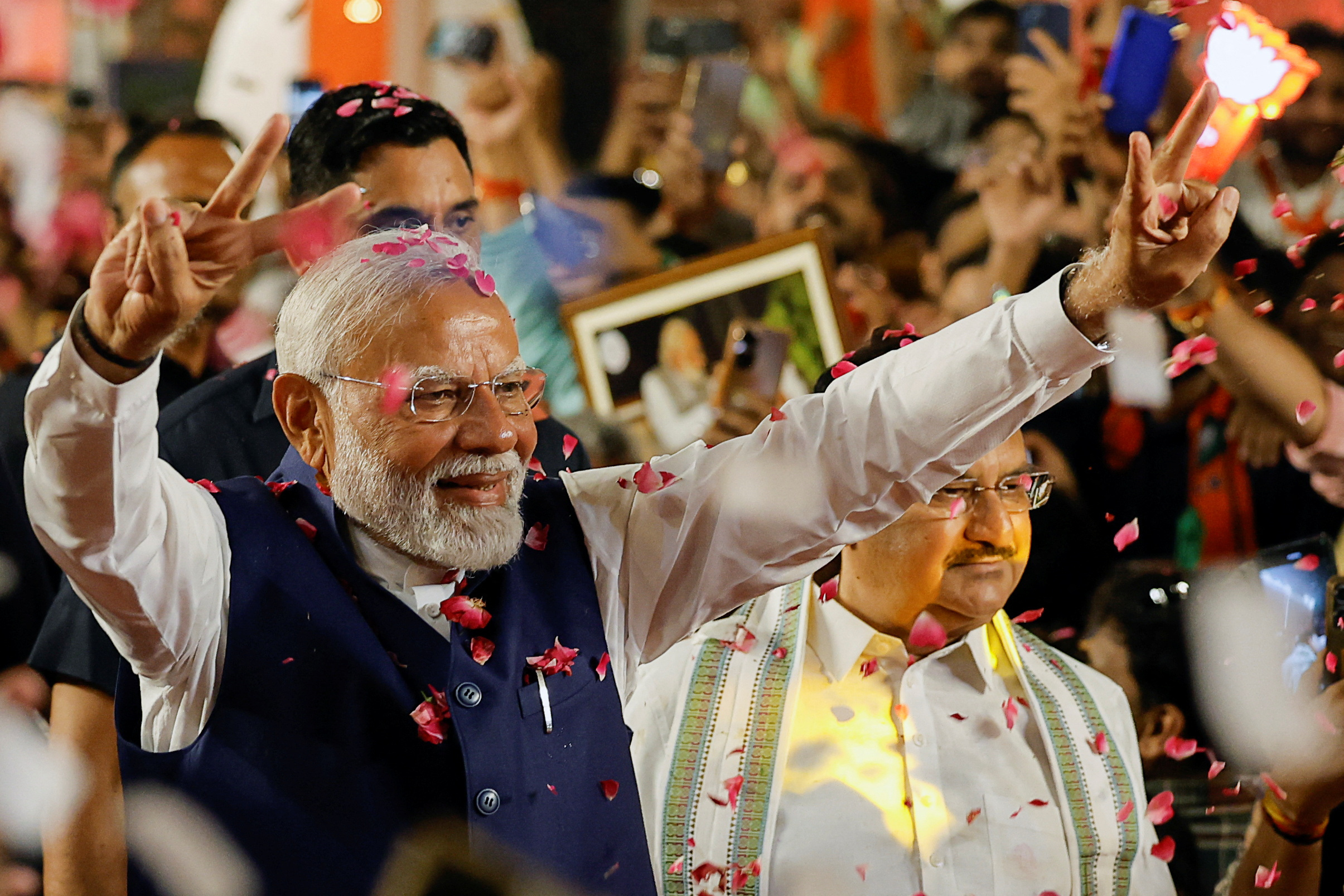Ethiopia is a country located in the Horn of Africa. It operates as a federal parliamentary republic. Here is some information about the election system in Ethiopia:
- House of Peoples’ Representatives (Parliamentary) Elections: The Parliament of Ethiopia consists of two chambers. The lower chamber is called the House of Peoples’ Representatives (HPR), which is the primary legislative body. Members of the HPR are elected through a mixed electoral system. The majority of seats are filled through direct elections in constituencies, while the remaining seats are allocated based on proportional representation. The elections for the HPR are held every five years.
- House of Federation (Upper House) Elections: The upper chamber of the Ethiopian Parliament is called the House of Federation. Its members are not elected through popular vote. Instead, they are chosen by regional councils, representing the various regional states and chartered cities in Ethiopia. Each region has a specific number of representatives in the House of Federation.
- Regional State Elections: Ethiopia is a federation comprising nine regional states and two chartered cities. Each regional state has its own government and conducts elections to choose its representatives. The electoral processes for regional state governments may differ slightly, but they generally follow a similar pattern of direct elections.
- Electoral Process: The National Electoral Board of Ethiopia (NEBE) is responsible for organizing and overseeing elections in the country. It manages voter registration, candidate nomination, and the counting of votes. The electoral process aims to ensure transparency and fairness, although challenges and controversies have been reported in previous elections.
- Voter Eligibility: Ethiopian citizens who are at least 18 years old have the right to vote in national and regional elections. Voter registration is required, and citizens must be included in the electoral roll to participate in elections. Eligible voters can cast their ballots at designated polling stations within their respective voting districts.
Ethiopia has a multi-party system, with several political parties participating in elections. The country has witnessed both competitive elections and periods of political dominance by a single party.



